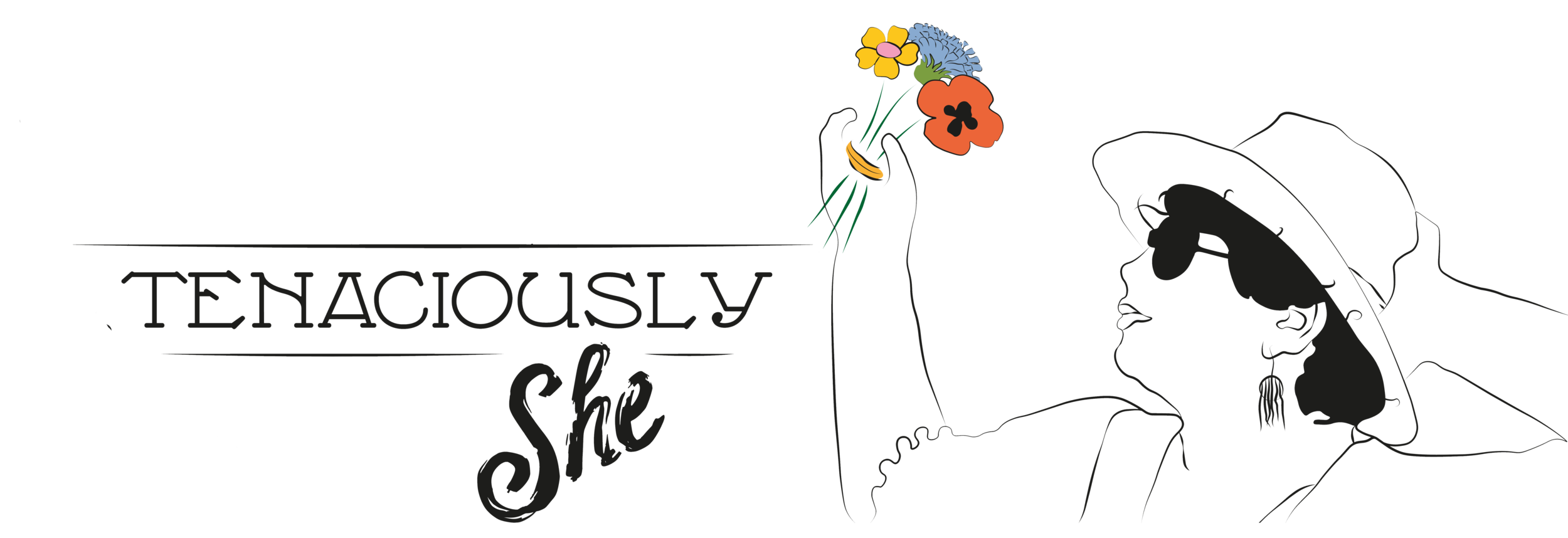My Ultimate Guide to Mulching
A healthy garden is a mulched garden…there I said it. If you are scratching your head wondering what I’m talking about the you are in the same boat as a lot of my clients when I first visit them. So, what am I prattling on about…
What on earth is mulch?
Mulch is a layer of material added to your soil surface which benefits it’s leafy inhabitants. Mulching conserves moisture within the soil meaning all that rainfall in Autumn/Winter…Spring…(lets face it, Summer too here in the UK!) sticks around to help your plants through the summer months. Organic mulches improve fertility and health of the soil as they compost down giving your plants a good feed. Mulches prevent weeds and some even help reduce slug damage to plants. And on top of all the garden health benefits, it gives your borders a neat and tidy finish - lush!
BEFORE
AFTER
Ok, but what IS mulch?
Mulches come in organic and inorganic forms:
Inorganic
Landscaping fabric
Pebbles
Slate chippings
Rubber chippings
Buttons
Organic
Garden compost
Leaf mold
Soil improver
Rotted manure
Bark/composted bark
There’s something for everyone in the mulch work depending on what your garden needs or the look you are after. I prefer to use organic mulches on mine and my clients borders, I use a soil improver from Bloomin Amazing which I love - not an ad, just what I use every day. It smells great, it’s sustainably sourced, it’s vegan, and it looks fab. On pots, I use pebbles, stone chippings, even buttons! I know I’ve probably lost a few of you at buttons, but a couple of years ago I volunteered for Baz Grainger on his show garden at RHS Hampton Court, and he told me that when clothes are sent off to be recycled there is no technology currently to recycle the buttons…so off they go to landfill! He suggested using them as mulch, and so here we are!
Right, so how do we use mulch?
Mulching tends to be best in Autumn or Spring - I use organic mulch in Autumn and then sometimes I’ll re-mulch in Spring if required. If you decide to use an inorganic mulch on your garden beds you’ll need to top it up over time, but remember these mulches don’t improve or feed the soil so you may need to feed any of your plants who need additional nutrients.
First off, weed the area you are going to be mulching. I like to add a layer of cardboard on top of the soil to go under the mulch and give an extra barrier against weeds….might be too extra for you but there we go. Rake/dig over any particularly compacted areas of soil and if it has been a dry spell then give the area a good soak.
Once the area is ready you can get mulching! With organic mulches I lay it around 2-3 inches deep and avoid getting any organic mulch on the plant leaves where possible. Keep an eye out for any weeds that do pop up and whip them out before they flower and set seed.
BEFORE
AFTER
Happy mulching everyone!
It’s as simple as that!






